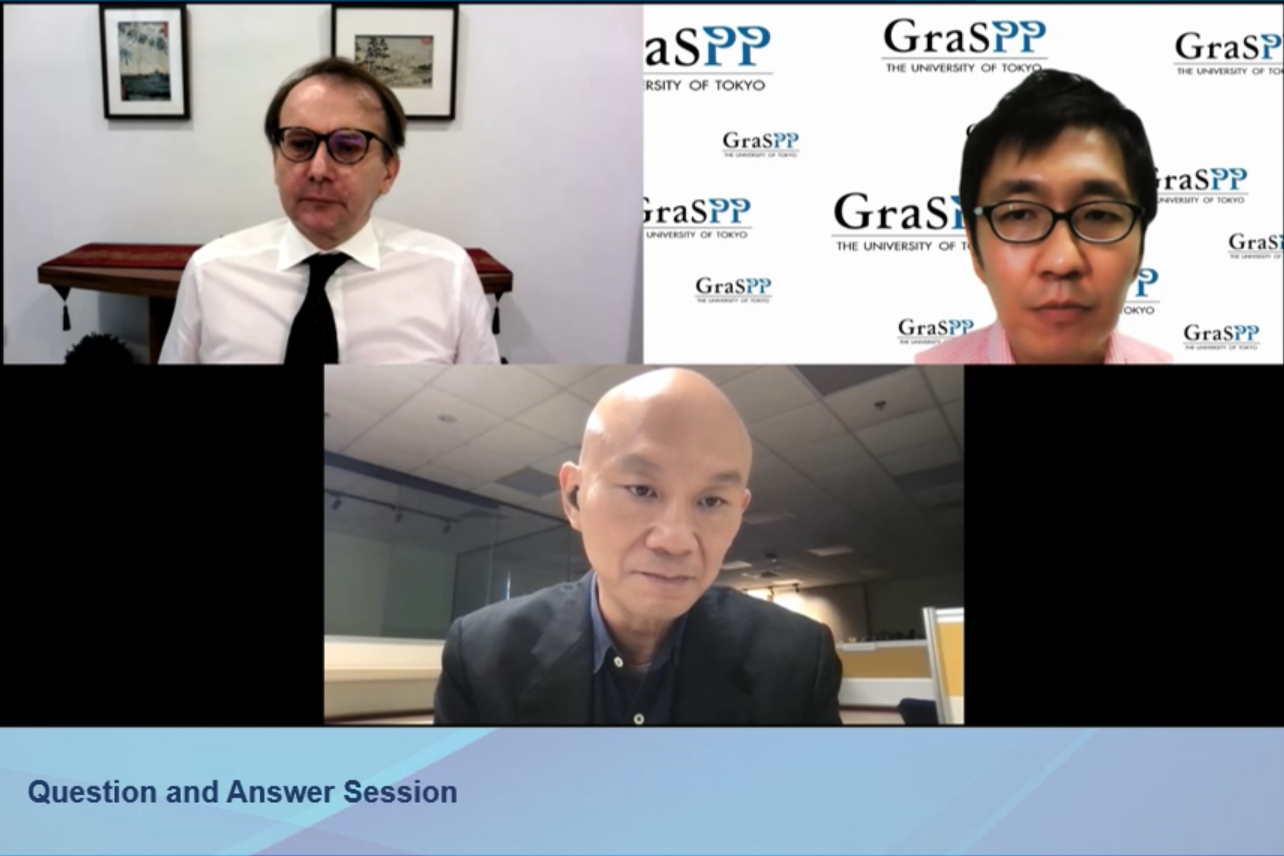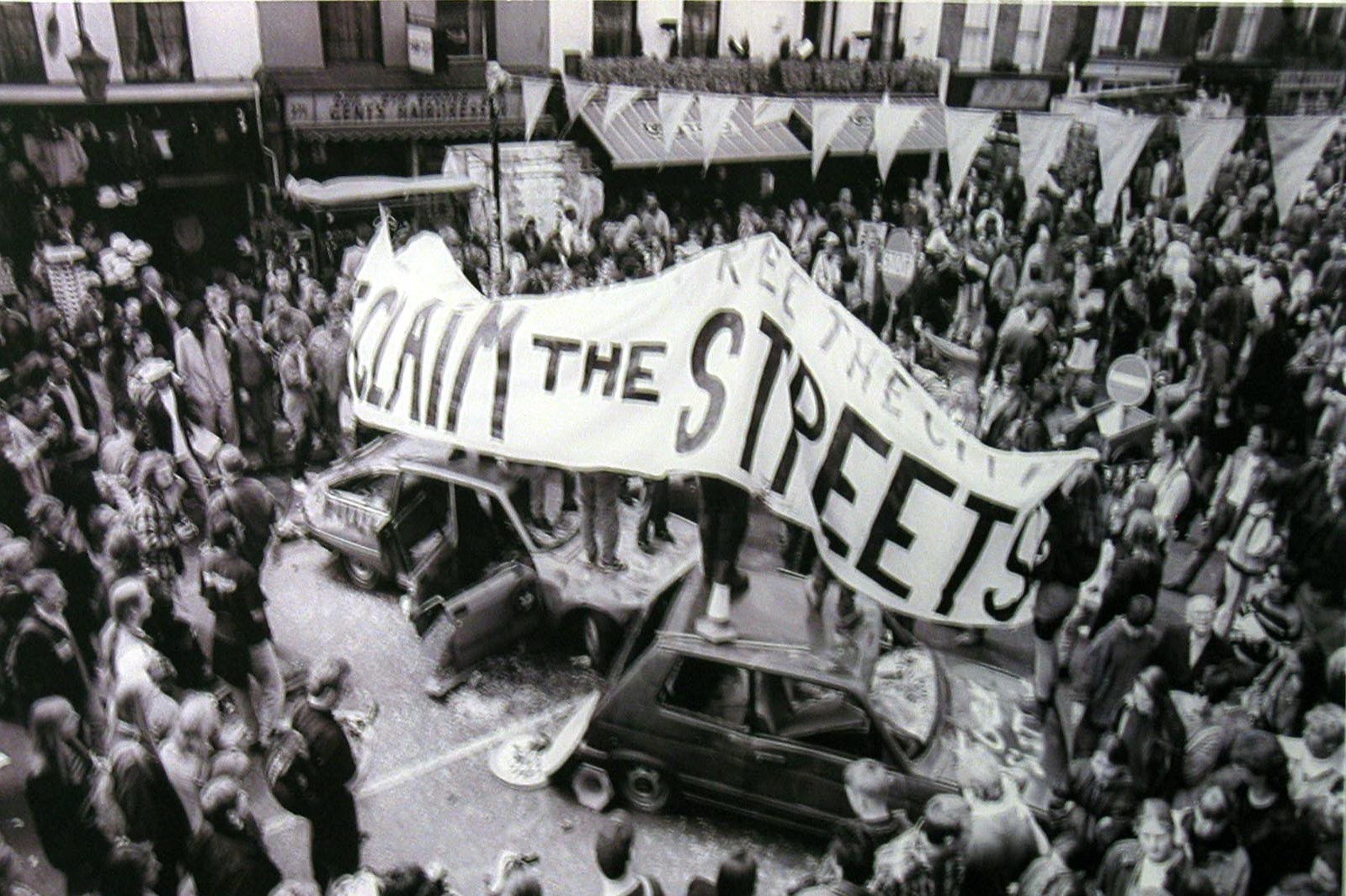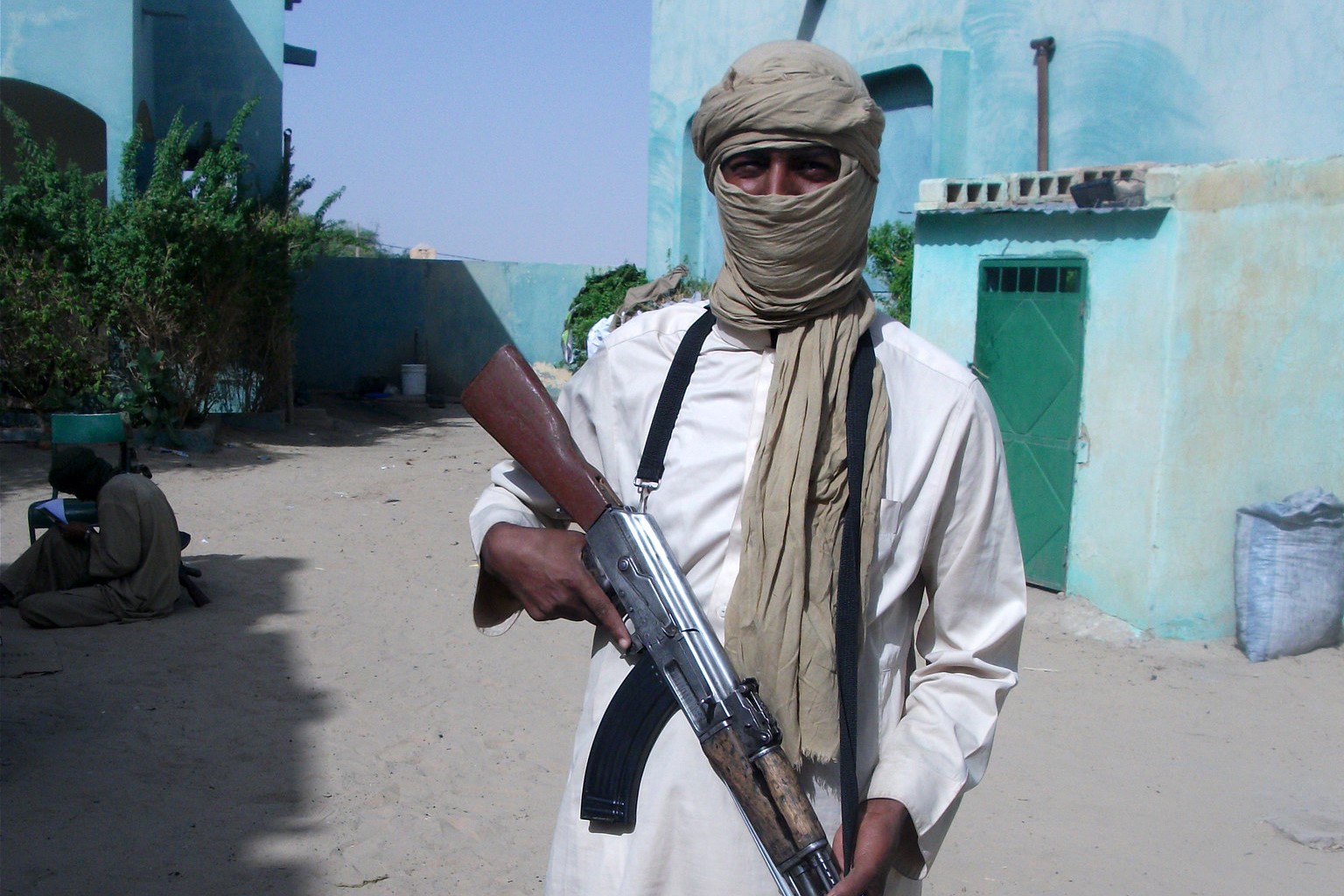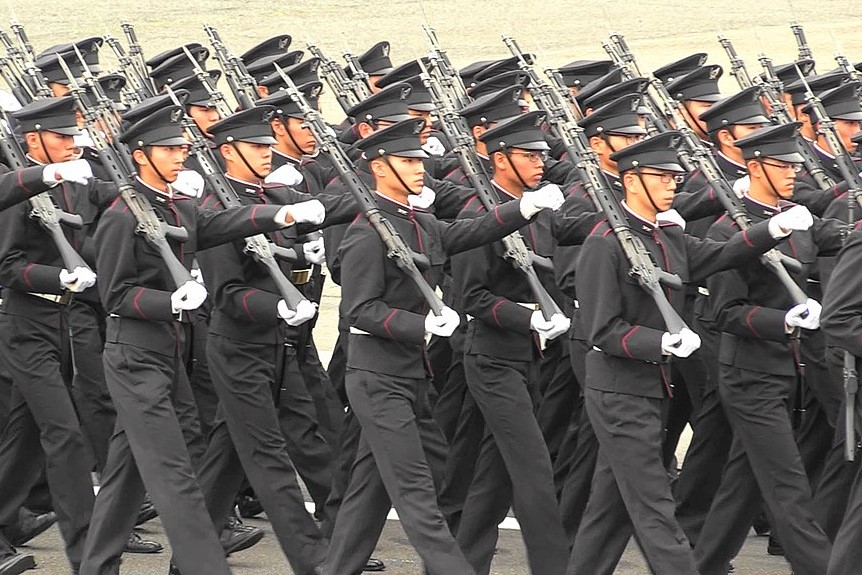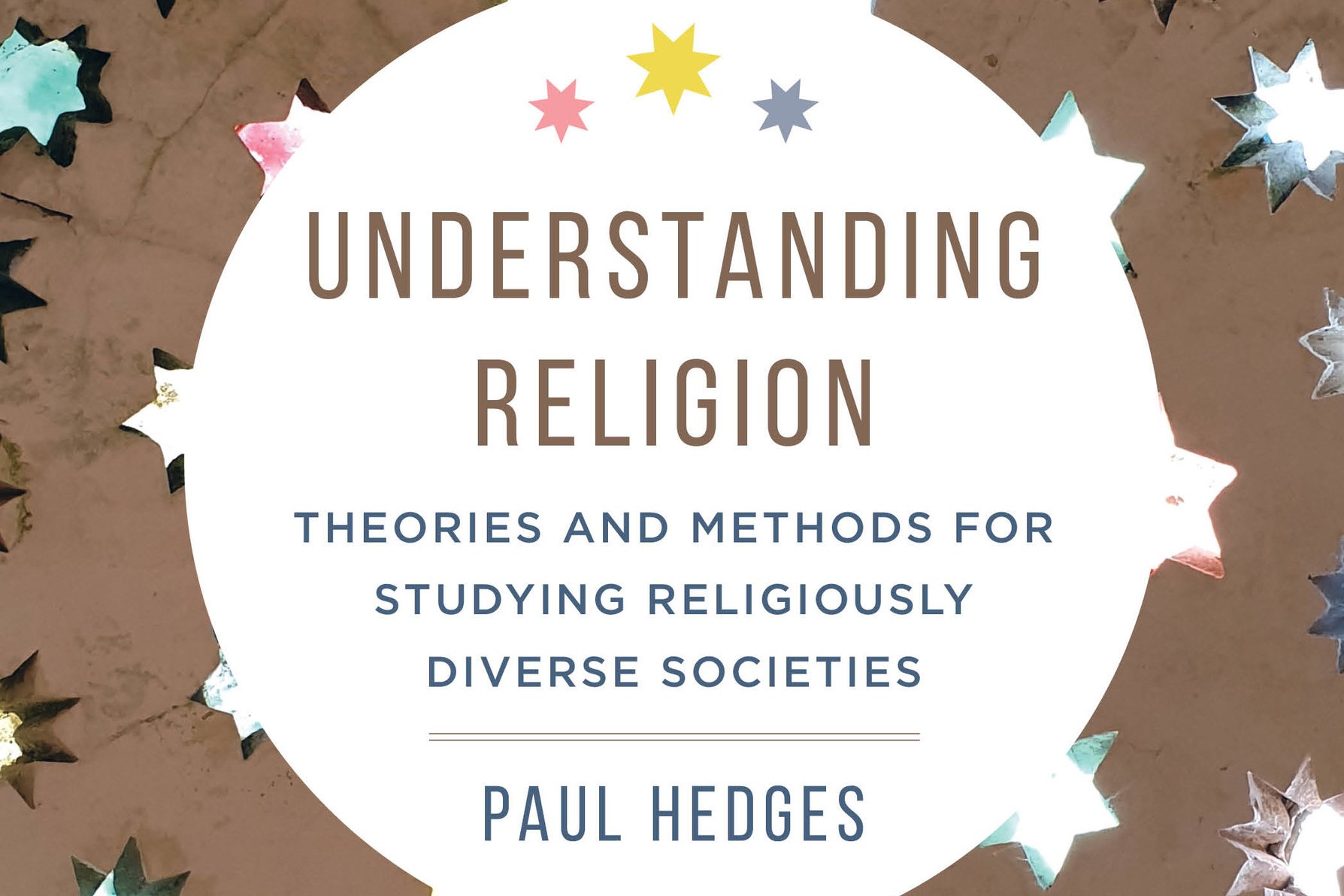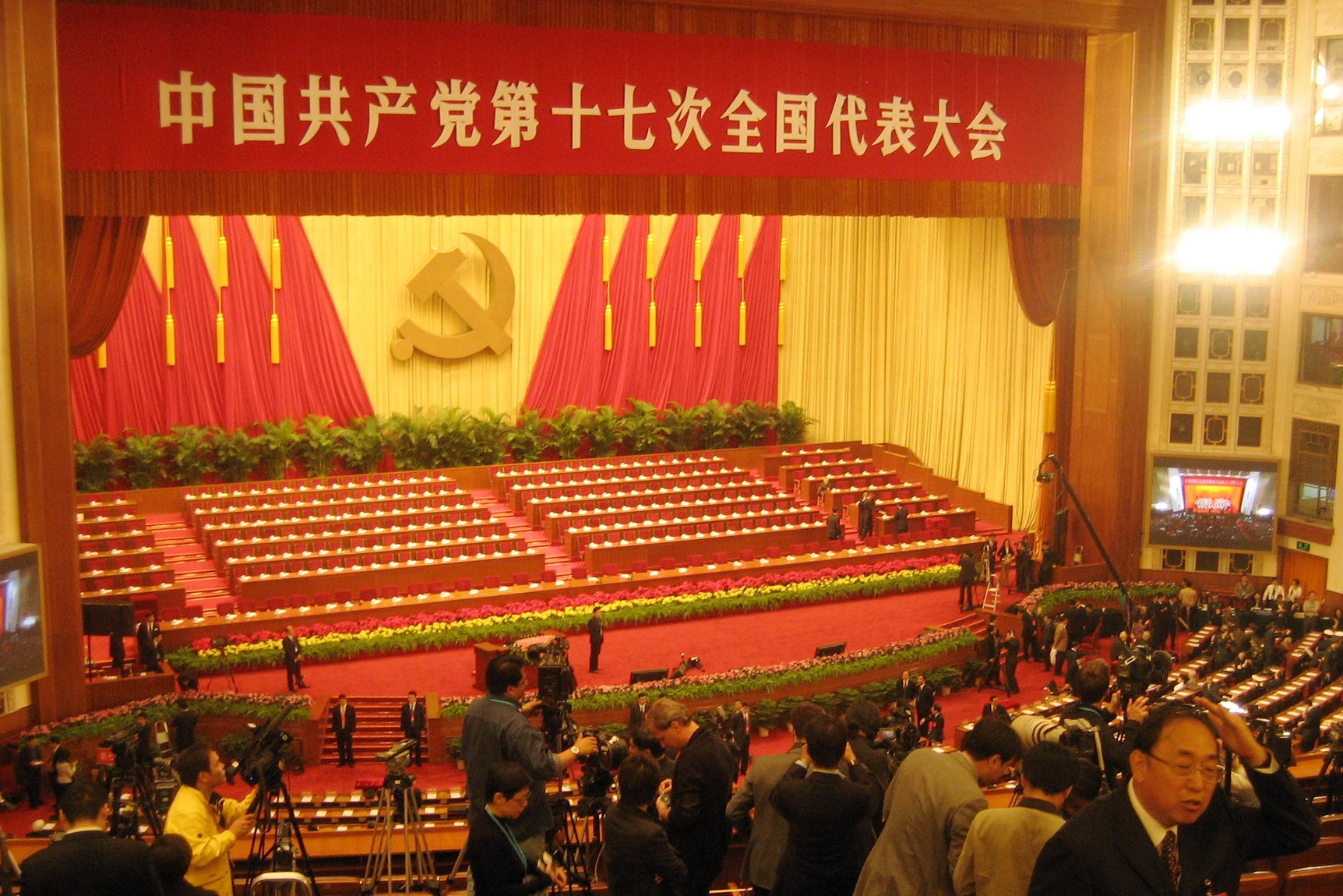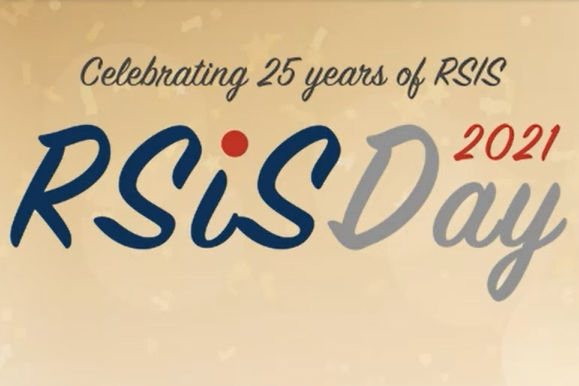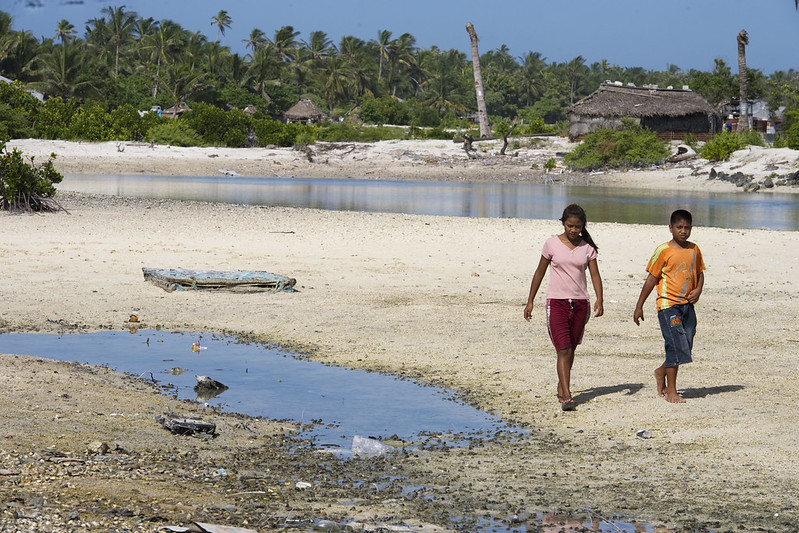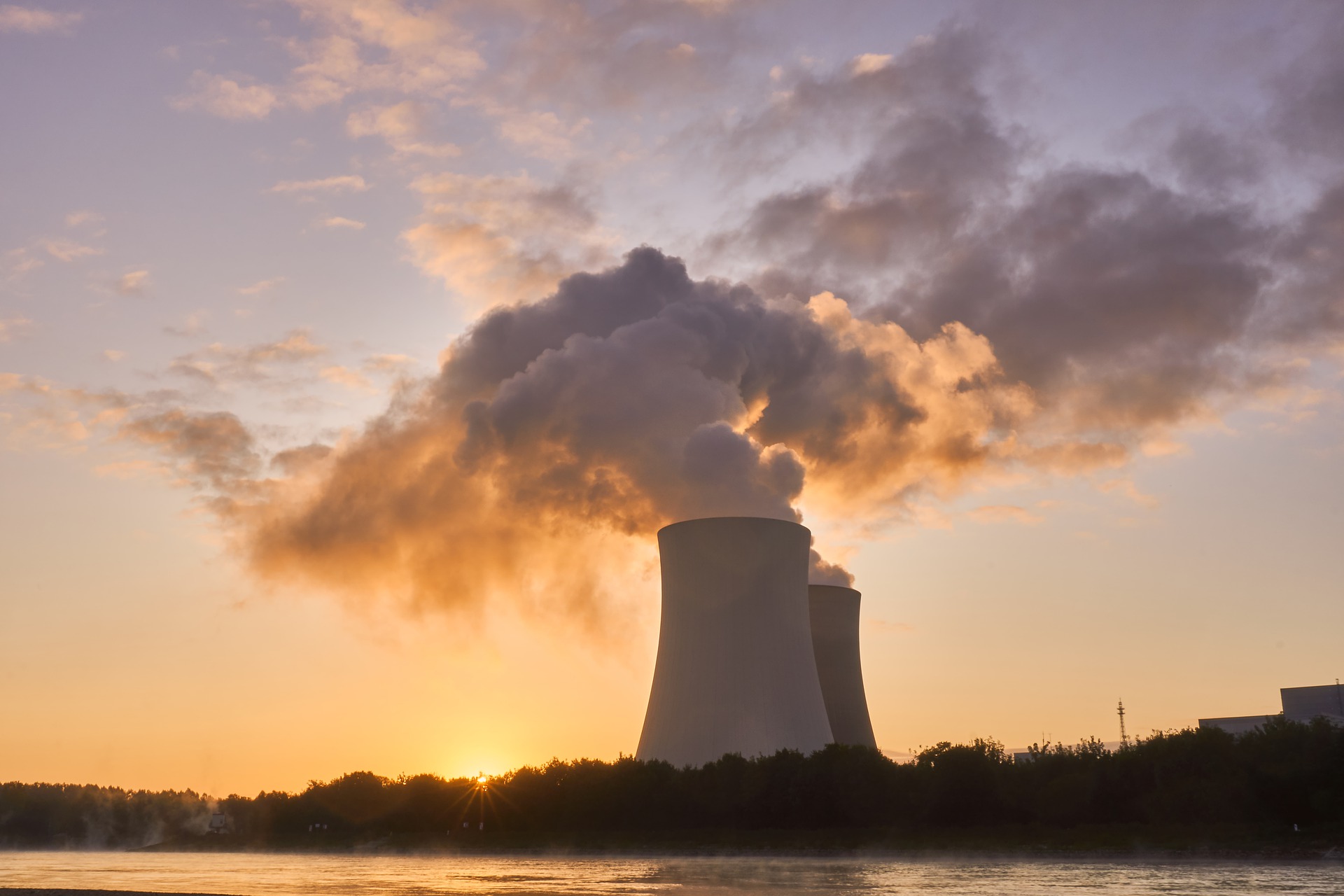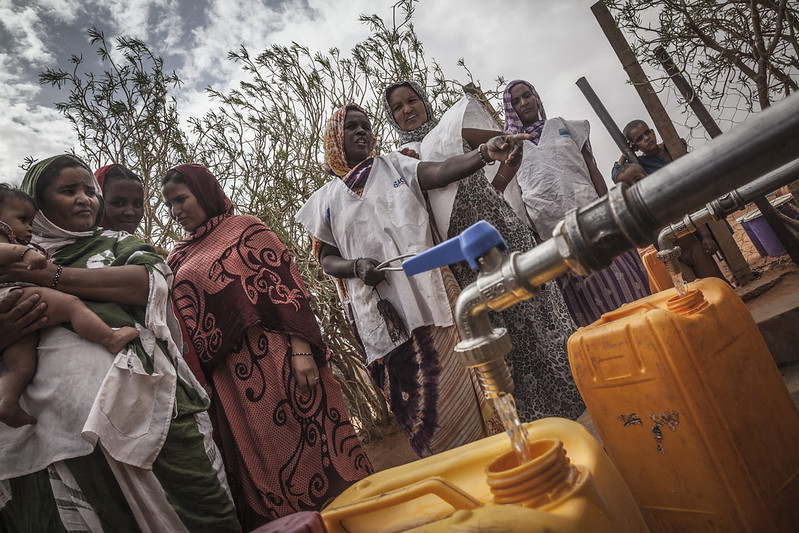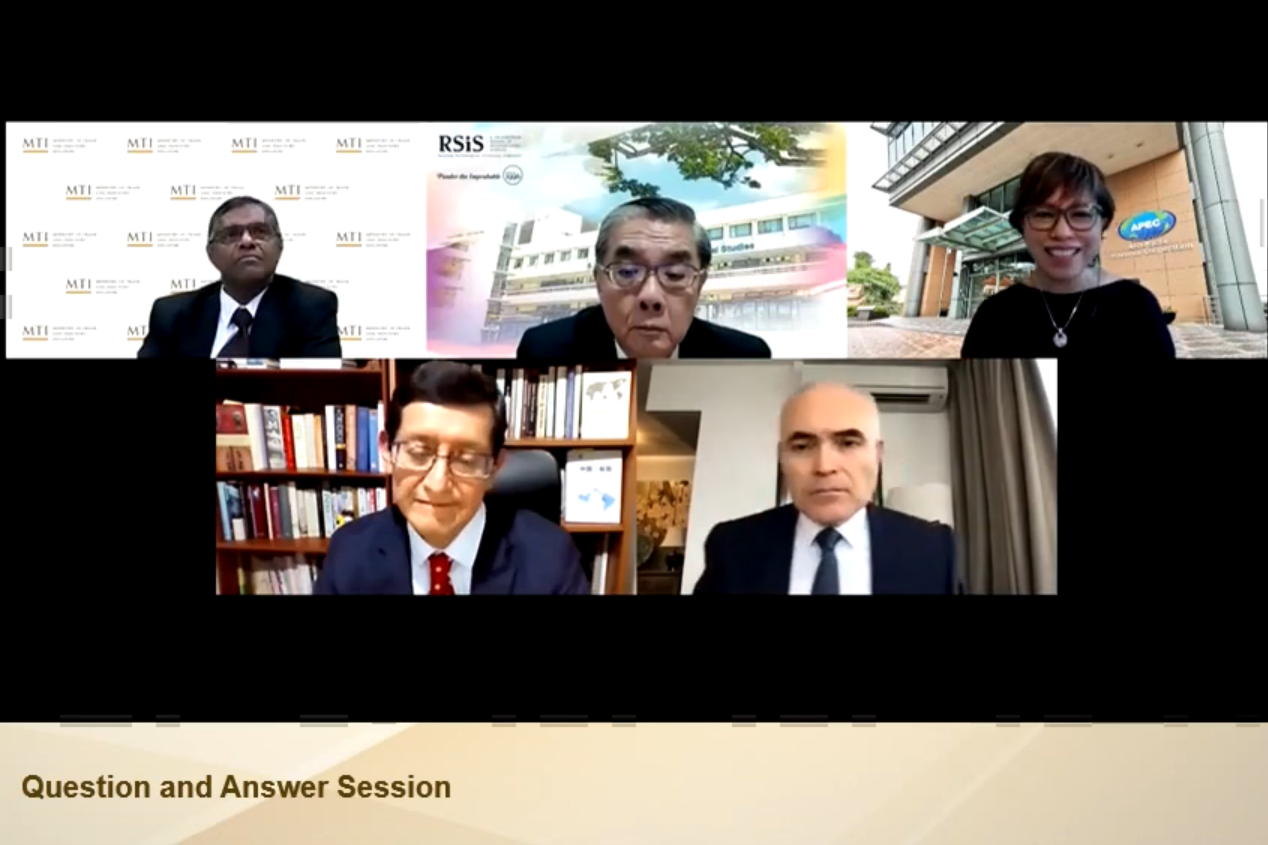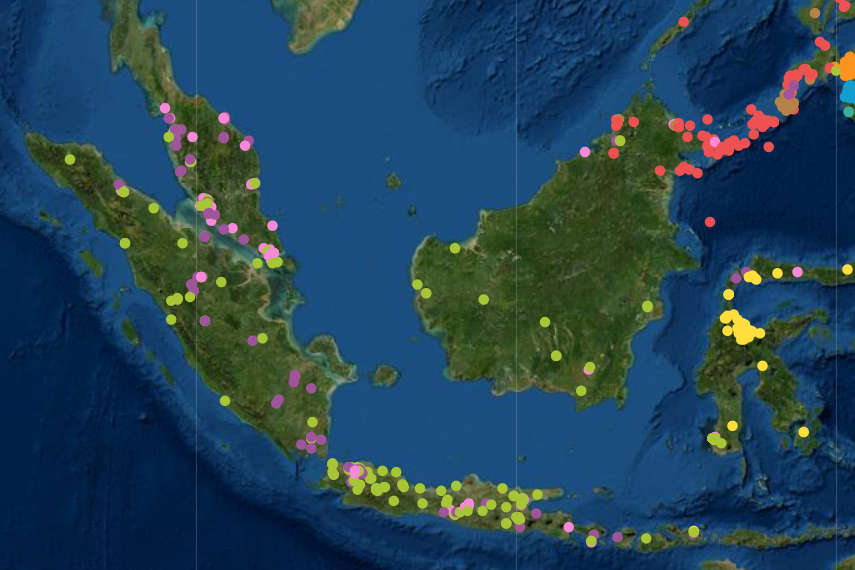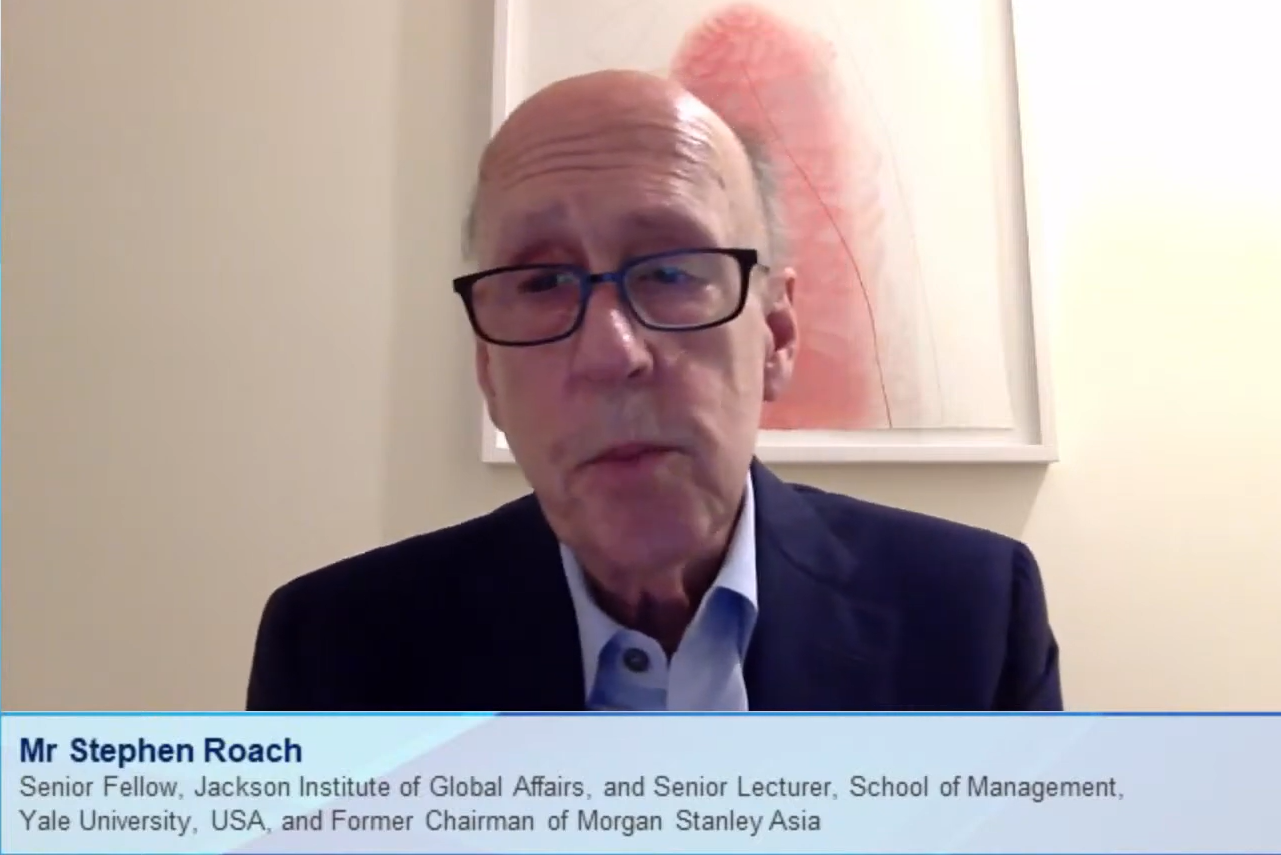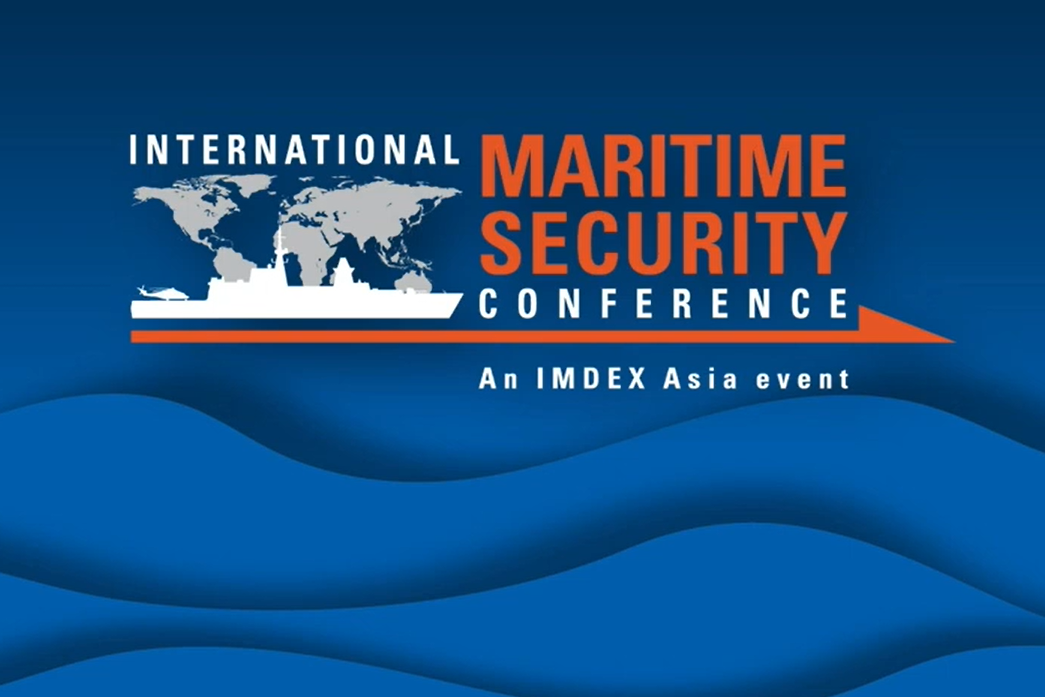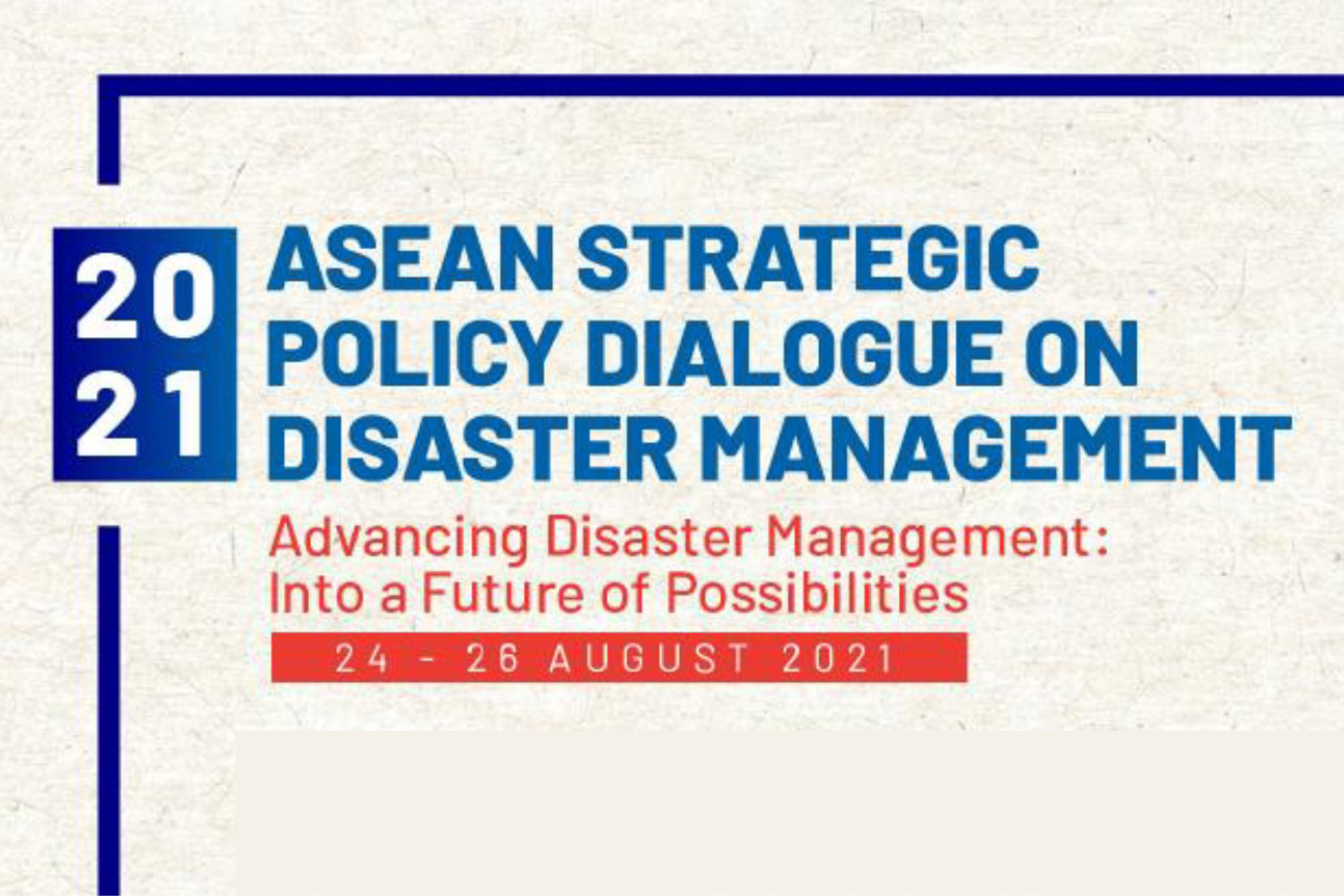
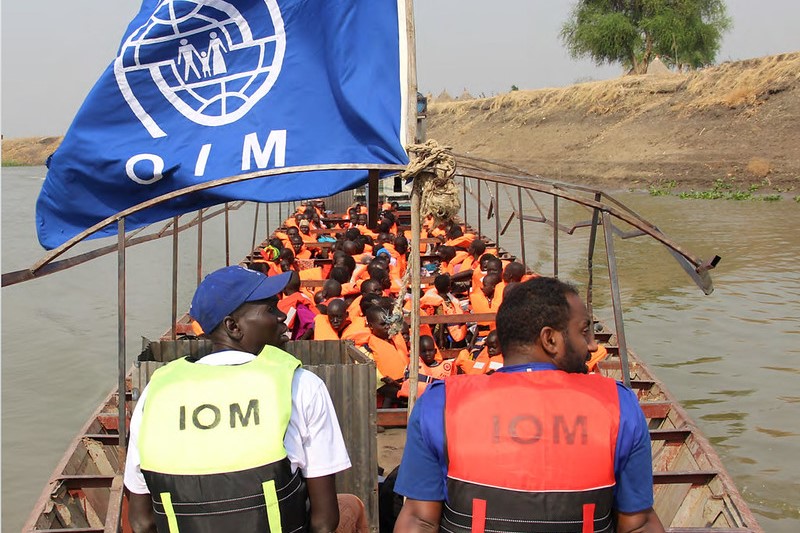
On 25 August 2021, RSIS held the S. T. Lee Distinguished Annual Lecture by Dr Parag Khanna, Founder and Managing Partner of FutureMap. Providing the subject of the lecture was Dr Khanna’s latest book, MOVE: The Forces Uprooting Us, which examines a new age of mass migrations driven by climate change, political instability, and technological disruption.
Dr Khanna started his talk with an overview of natural, political, functional, and human geography. He postulated that these four aspects of geography are highly misaligned because there are overpopulated societies struggling with significant resource stress, as well as depopulated societies with a significant resource bounty.
Dr Khanna cited the example of aging countries with labour shortages, and young countries with labour surpluses. Europe and America are experiencing low birth rates and talent shortages in key industries like the technology sector, while India has a booming population of young talents, many of whom have migrated to the West to work in tech companies.
In the context of natural geography, Dr Khanna discussed how global warming is causing some habitable zones around the world to become inhabitable, and vice versa. He mentioned Texas, which has a growing population despite becoming less liveable, attributing this to climate variables not being properly priced into real estate. On the other hand, Canada’s depopulated areas are becoming more liveable, even though its population is a quarter of Russia’s.
Dr Khanna concluded the lecture by pointing out the need for a global game plan to actively manage human geography. While there are efforts to reduce the friction in the cross-border movement of people, they do not yet apply to the billions of people who will be involved in future migration. He hoped that there will be peaceful and sustainable methods to facilitate migration.
Catch it here on the RSISVideoCast YouTube channel:




